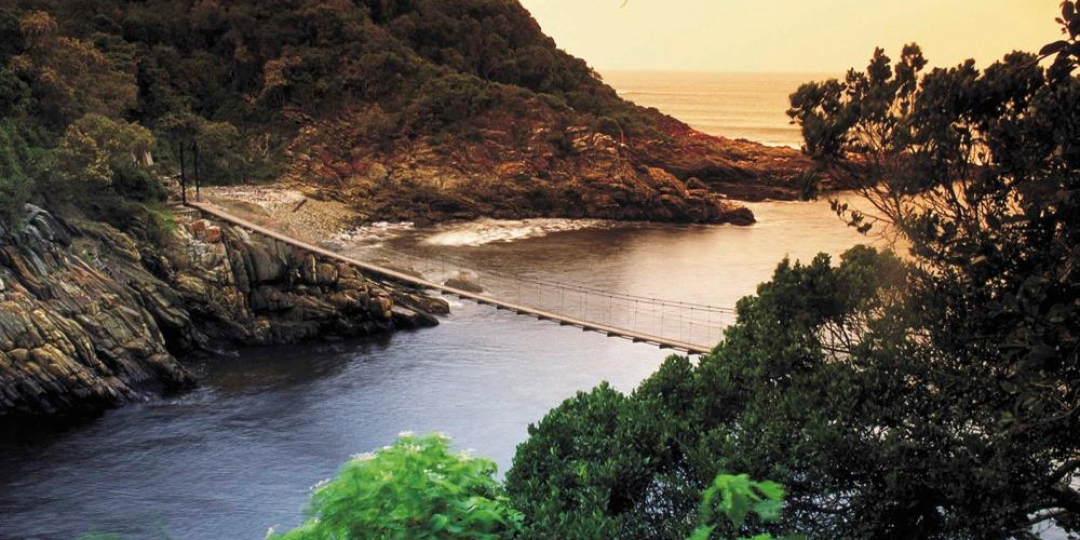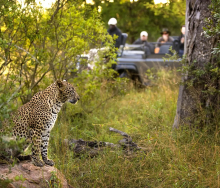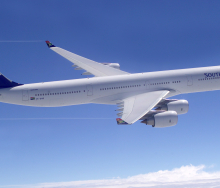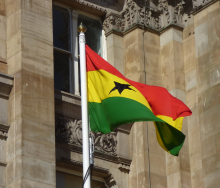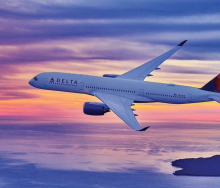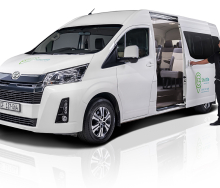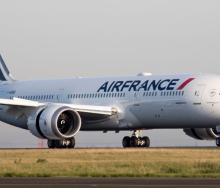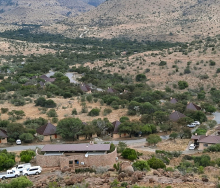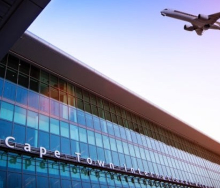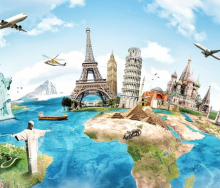South African National Parks (SANParks) has unveiled its aspirational vision.
It wants to create “Mega Living Landscapes” including expanded tourist offerings as well as leisure and adventure opportunities while championing the core goal of inclusive conservation.
After 18 months of intensive engagement with all sectors of society, SANParks officially unveiled its Vision 2040 in Sandton on Thursday, September 26.
Devised after more than 1 600 individual consultations, 18 in-person workshops, six virtual meetings and various social media and marketing campaigns, the vision maps a future where the diverse needs and interests of all South Africans are supported by the country’s conservation areas.
Insights were collected from community members, traditional leaders and healers, youth, conservationists, tourism leaders, heritage and marine specialists as well as public and private-sector organisations.
The preferred scenario
The process culminated in the development of seven potential scenarios to inform thinking towards SANParks’ desired future.
The created scenarios range from total collapse of the entity all the way to a preferred scenario where all people in South Africa realise the benefits of conservation and live in harmony with nature. Under this scenario, SANParks would be co-managed and supported by government, communities and business leaders.
The scenario envisions Mega Living Landscapes: “Large areas of land with national parks at the centre, other conservation areas and even areas without legal or formal protection covering ecological, cultural and heritage sites – bringing communities together.”
One of the aspirations of the vision is for SANParks to lead the international eco- and heritage experience tourism economy.
The vision states: “While some want to see the traditional Big 5 in their natural environments, many discover other offerings like stargazing and cultural heritage events. In Mega Living Landscapes, adventure tourism is an essential component of eco-tourism, offering opportunities for wilderness hiking, camping and river rafting in pristine natural areas. Parks offer seamless experiences with immersive visitor centres and cutting-edge payment technology, allowing visitors to contribute to conservation projects and boost revenue.”
Additional aspirations include global leadership in research and innovation, incorporation of indigenous knowledge systems and citizen science in decision-making, widespread renewable energy installations and innovative funding mechanisms.
Implementing the vision
Following the launch, SANParks’ Board and management are expected to proceed with developing an instrument for implementation.
SANParks Board Chair Pam Yako stressed effective implementation requires wholescale reconfiguration of the organisation.
“This will require an internal examination of how we reconfigure ourselves and repurpose the way we do things. A massive change management programme is needed because we are changing our approach.”
SANParks has identified three pilot sites for the new vision, added Yako. These include areas in and around the Addo Elephant National Park in the Eastern Cape, the Barberton Makhonjwa Mountains UNESCO World Heritage Site in Mpumalanga and grassland biomes such as those found in Golden Gate Highlands National Park in the Free State.
Voicing his support for the vision, TBCSA CEO Tshifhiwa Tshivhengwa said reimagining conservation and tourism is critical for the country’s future competitiveness.
“When we talk about the future of tourism, it is important to talk about the vision of transforming spaces to be competitive. With national parks across southern and East Africa, competition is becoming tougher so we need to ensure we remain relevant and reimagine the spaces we have.”
Tshivhengwa applauded the vision’s deep understanding of the linkages between tourism, conservation and communities.
“One cannot exist without the other. For the past 30 years, community beneficiation has not been sufficient. It is about time we have a concrete plan linked to Vision 2040 to implement programmes and involve communities – not as a tick box exercise but as co-owners.”
Narend Singh, Deputy Minister of Forestry, Fisheries and the Environment, expressed optimism that this “world-class” initiative would touch all spheres of South African society.
“By 2040, we hope to have reshaped the character of conversations, plans and ambitions happening in our streets, homes, boardrooms, in public discourse and even possibly education to embrace our cultural and natural heritage. It is about shifting the needle in terms of shared economic growth and job creation in a manner that promotes a much stronger embrace of nature.”
South Africa has 21 functional national parks safeguarding more than four million hectares of land as well as 10 marine protected areas covering 370 000 hectares. Taking into account nature reserves, forest wildernesses, marine protected areas, mountain catchments, special nature reserves and overarching biosphere reserves and protected environments, the country’s total protected and conservation areas cover 16 million hectares.
Click here to view the full Vision 2040.
